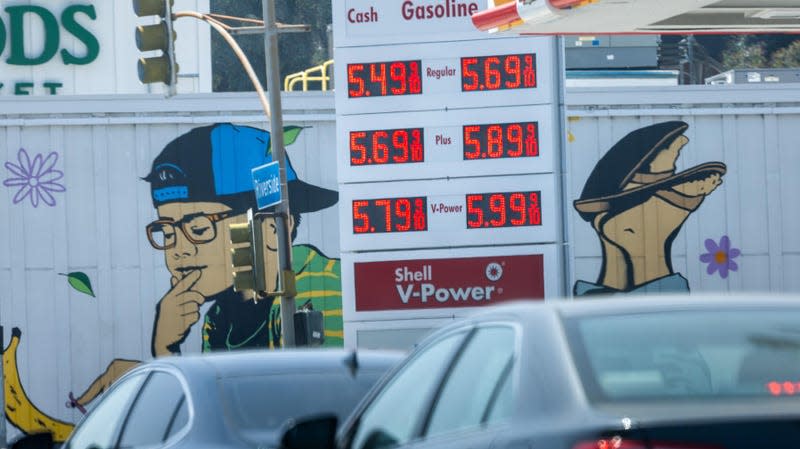Why Do Gas Stations Charge More For Credit Card Purchases?

In the year of our lord 2024, who carries cash anymore? I don’t, but the other day when I filled up with gas I regretted my decision to stick with plastic money instead of paper money because card transactions were 20 cents more per gallon. Why do gas stations tack on these extra charges for card transactions? According to the Association for Convenience and Petroleum Retailing or NACS, it’s because credit card companies collect on average about 2.5 percent of every card transaction processed.
The national average price of a gallon of gas in October, 2022 was $3.76, which means the card company collects about 9 cents per gallon of gas. Gas stations often operate with a low profit margin on gasoline sales according to multiple sources including BestCards and Chase Bank, so the additional fees on gasoline purchases made with cards act to mitigate the processing fees that retailers pay. I always assumed that the additional charge for gas purchases made with cards was excessive, but it turns out they’re necessary.
As gas prices go up, the upcharge established by individual gas stations needs to increase, too. At the average of 2.5 percent, a $50 transaction requires retailers to pay card companies $1.25. If gas prices are $5 per gallon, a $50 transaction only includes 10 gallons of gas, and at a 10 cent up-charge, the gas station only gets $1 to cover the $1.25 the card company takes from the transaction. That pattern exponentially increases as gas prices increase. KTLA 5 reports,
Gas stations’ profits are thin, according to BestCards, and due to the intense competition from other gas stations, the prices are set at as small amount as possible over the cost of buying it from the supplier in order to display the lowest price possible (while still bringing in enough profit to keep the business going). That leads to the different price points displayed on the boards outside, as the lower the price displayed will likely encourage more drivers to fill up at that location.
Nerdy statistics aside, there are a few ways to minimize the amount of money you spend on gas whether using cash or card. Chase.com recommends paying with cash, or using a rewards credit card or gas rewards account. Carrying cash is a sure-fire way to pay the lowest price at the pump, just remember some cards charge ATM fees to withdraw cash that can sometimes outweigh the savings you’d experience by paying for gas with cash.
Some petroleum companies offer rewards programs, like Shell’s Fuel Rewards Program that gives members 5 cents off every gallon of gas, and if you fill up at least 12 times in three months you unlock platinum status, which gives members 10 cents off every gallon. Some rewards credit cards offer up to 5 percent cash back on specific spending categories including gas stations, so check your credit card terms to see if your card offers any gas savings.
Next time you go to get gas and curse out the gas station for the increased prices of card transactions, direct that frustration toward the source of the problem, the greedy greedy banks. Don’t be afraid of gas station rewards programs, either, as they are an easy way to save a few bucks at the pump.

 Yahoo Autos
Yahoo Autos 